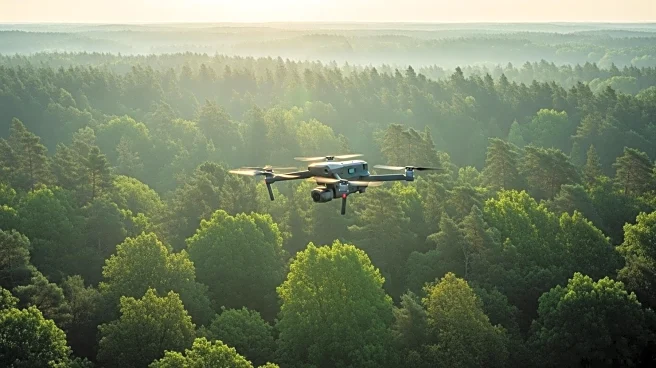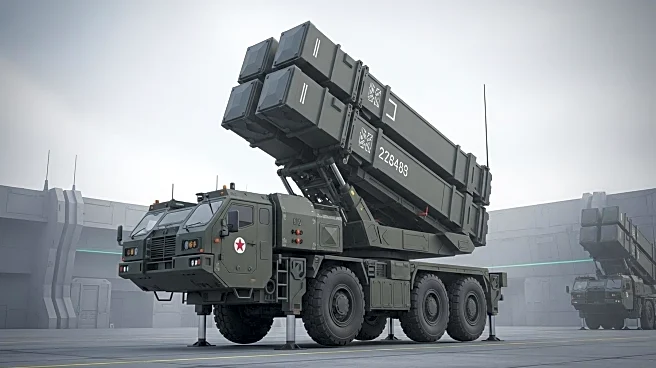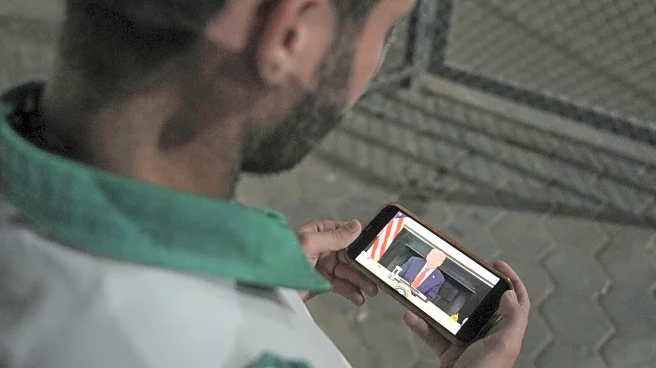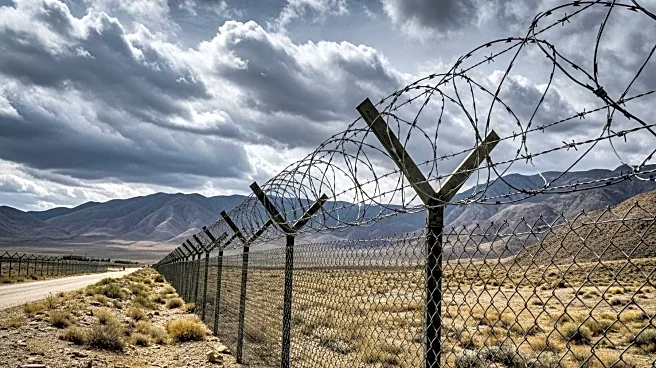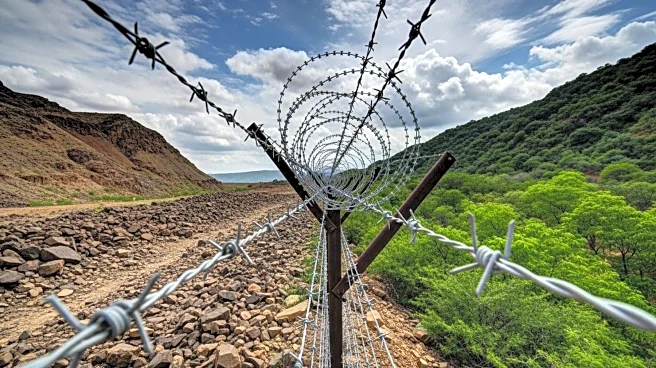What is the story about?
What's Happening?
In Jharkhand, India, two separate improvised explosive device (IED) blasts orchestrated by Naxals have resulted in injuries to three Central Reserve Police Force (CRPF) personnel. The incidents occurred in the Saranda forest area, with one blast reported under the Manoharpur police station in West Singhbhum district. The injured personnel, including Inspector Koshal Kumar Mishra, Sub-Inspector Ramchandra Gagoi, and Head Constable Laskar, were airlifted to a hospital in Ranchi. In response to these attacks, the CRPF has deployed unmanned aerial vehicles (UAVs) to monitor Naxal activities in the region. The blasts are part of the Naxals' 'Resistance Week,' a protest against the anti-Naxal operations conducted by the Indian government and central paramilitary forces.
Why It's Important?
The deployment of UAVs marks a significant shift in the tactics used by Indian security forces to counter Naxal insurgency. This technological advancement aims to enhance surveillance capabilities and improve the safety of personnel operating in high-risk areas. The ongoing conflict with Naxals poses a challenge to regional stability and development, affecting local communities and infrastructure. The use of drones could potentially reduce casualties and provide real-time intelligence, aiding in more effective counter-insurgency operations. However, it also raises concerns about privacy and the escalation of military tactics in civilian areas.
What's Next?
The Indian government is likely to continue its anti-Naxal operations, potentially increasing the use of technology like UAVs to gain an upper hand. This could lead to further confrontations as Naxals may intensify their resistance efforts. The situation demands careful monitoring to prevent civilian casualties and ensure that operations are conducted within legal and ethical boundaries. Stakeholders, including local governments and civil society groups, may push for dialogue and peace-building measures to address the root causes of the insurgency.
Beyond the Headlines
The use of UAVs in counter-insurgency operations highlights the growing reliance on technology in modern warfare. This development could influence global military strategies, encouraging other nations to adopt similar technologies in their security operations. Additionally, it raises ethical questions about surveillance and the potential for misuse of such technology in civilian contexts.
AI Generated Content
Do you find this article useful?
